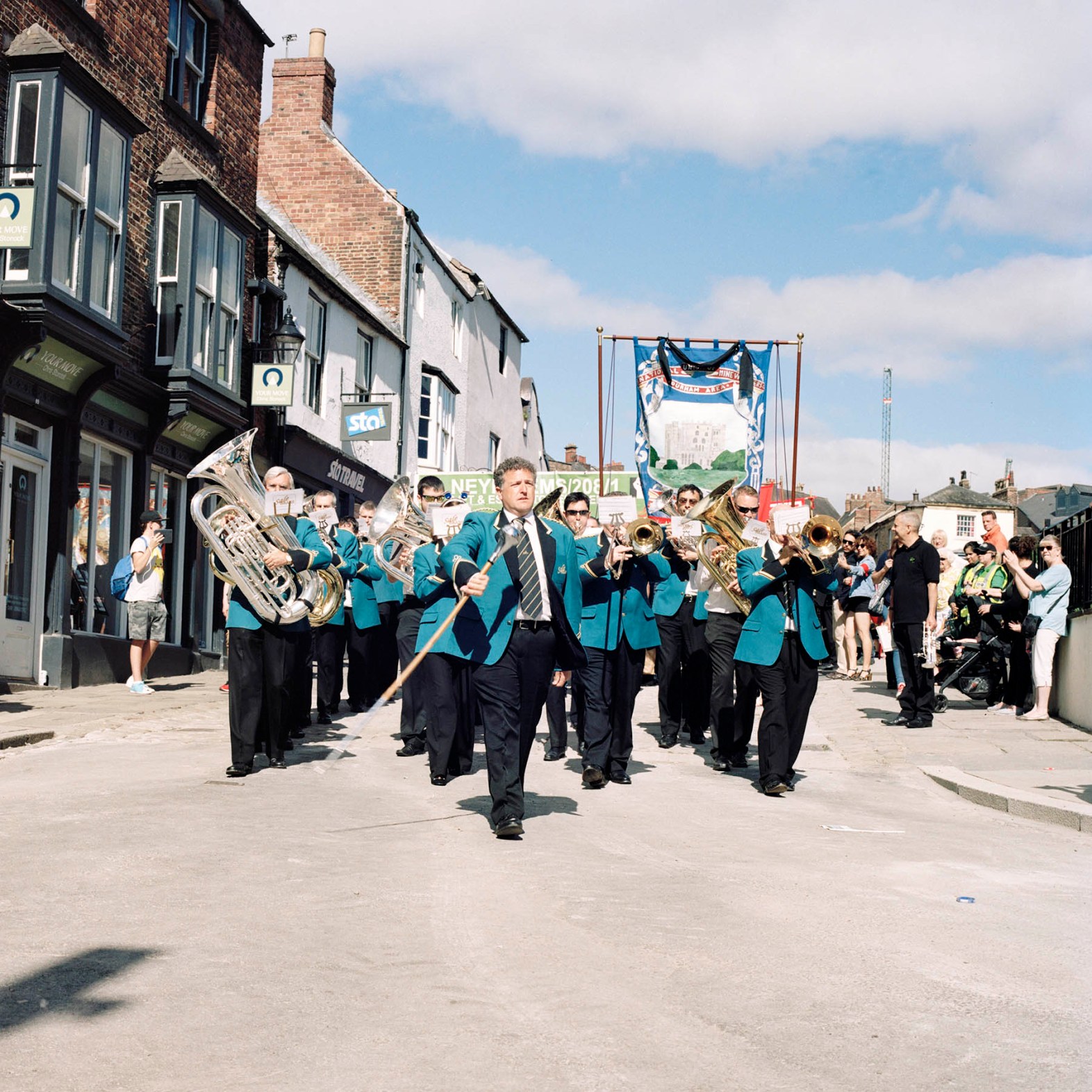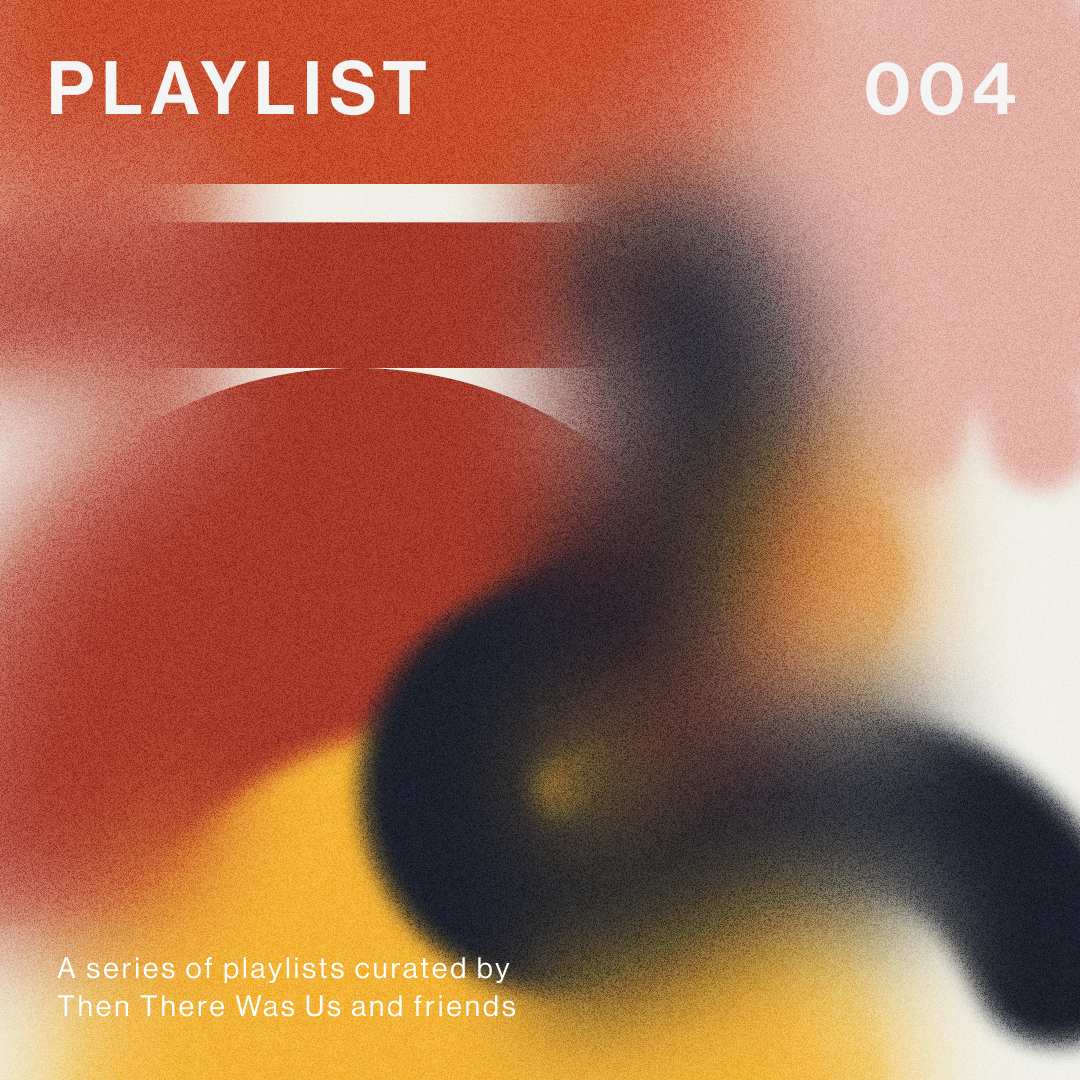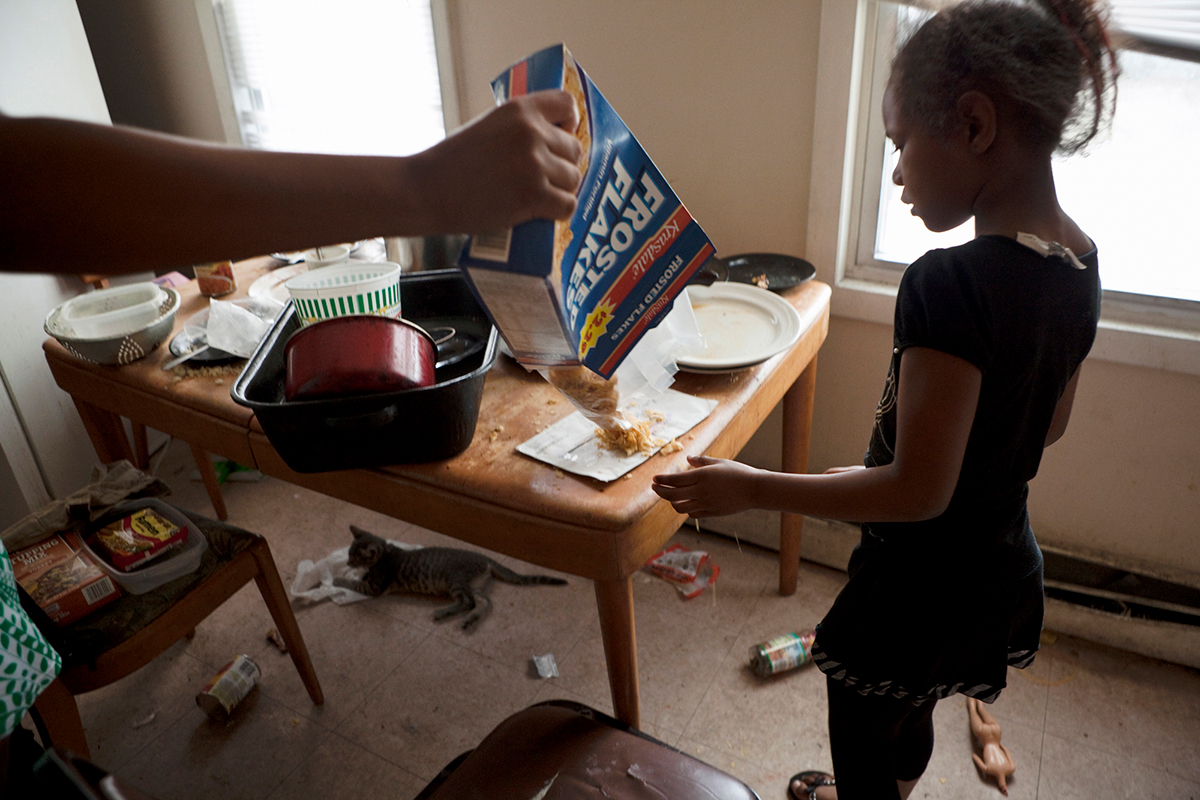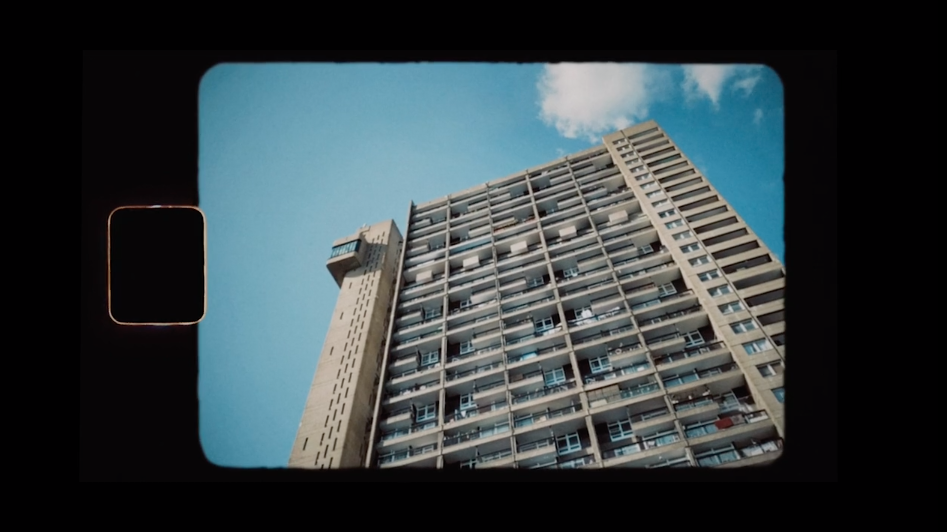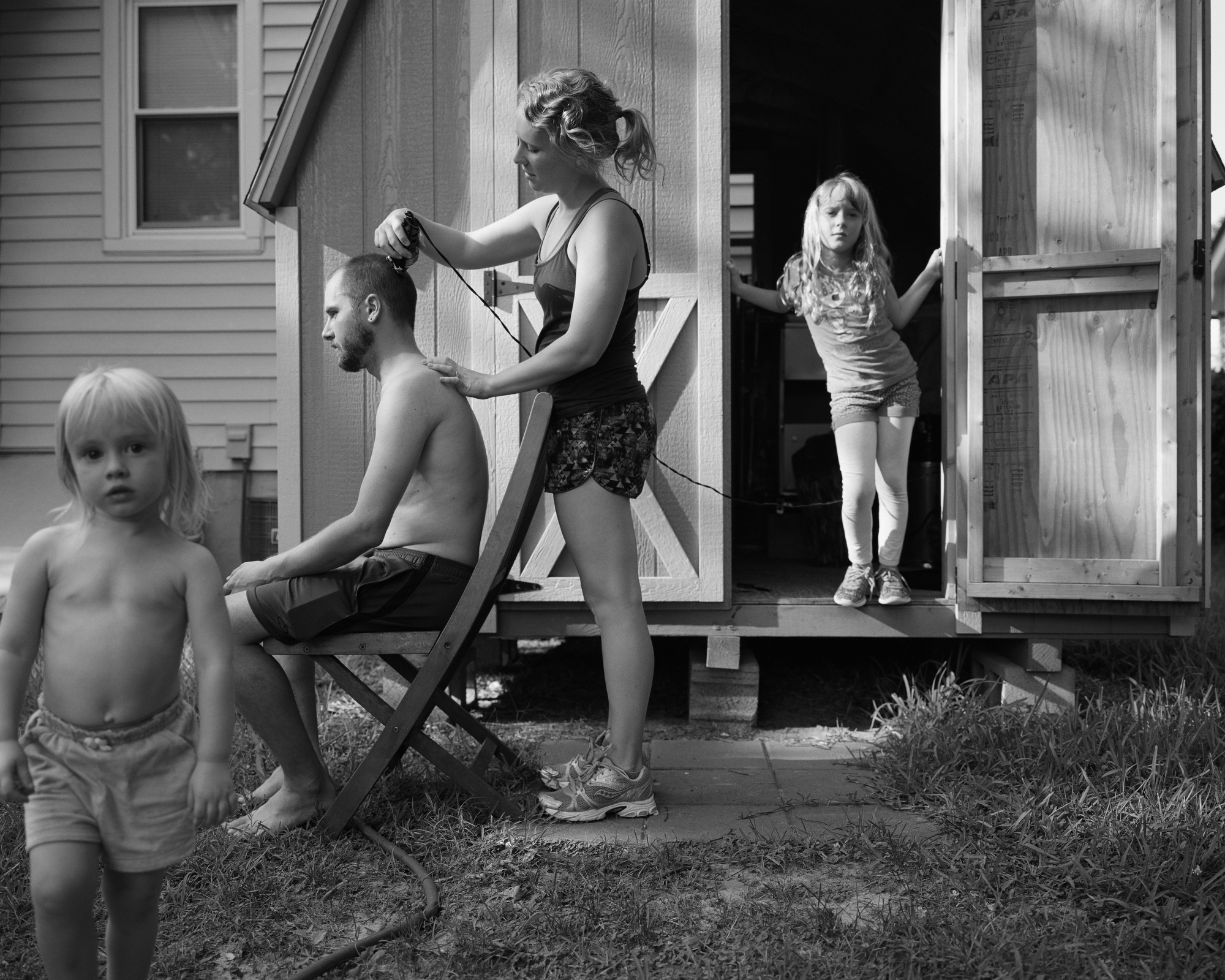Patrick Lewis Dowse is a documentary photographer from the North-East of England and recent graduate from University of the Arts, London. Working on a long term project he has been documenting the ex-mining villages in the North-East of England. Photographing the people and the communities residing there, his most recent project titled “Community Embers” is part of an ongoing body of work. Working with portrait and landscape he aims to explore the impact of the social economic change that occurred in the North-East of England in the mid-to-late 20th century and the impact that has on the area in the 21st century. Patrick is currently assisting Chris Steele-Perkins on his most recent project – The New Londoners.
JT: What inspired you to get into photography?
PD: To be honest, I can’t think of a point when I thought “photography is what I’d like to do.” It was more of a gradual process; I remember using my dad’s little bridge camera on family holidays. Snapping away at nothing really, I enjoyed having a piece of kit in my hands and using that. It made me feel grown up. I didn’t really think twice about what it was or wasn’t – It was just photographs.
When I started sixth form college at 16 I decided to study photography, it was there my teacher introduced me into the power of photography and I became aware of photography, if that makes sense. Not interested in doing any of the real work at college I used to spend hours in the small dark room we had there. Developing photographs and film, making contact sheets. I think, and forgive me if this sounds cliché, spending time in the dark room taught me to appreciate just what photography is. It was then I started to look at work of others and styles of photography and how I wanted to do it and what I wanted to do with it. I just wanted to photograph people, to look at us like animals.
JT: Who or what experiences have inspired you project, Community Embers?
PD: When I started university studying documentary photography I thought afterwards I would be jetting off to exotic countries, taking photographs all around the world and being a traveling “photojournalist”. I think this came from wanting to leave my home town of Seaham, in the North-East of England. After a few years of being in London I started to realise just how quiet some of the villages are back home, places like Easington, Murton and Thornley for example. To me they had always been quiet, nothing ever happening there, I assumed it was the same for all of the older villages in the UK. When I moved to London and got into politics and the power of media I started to realise just why the villages were like that.
I guess this project is a way for me to help me understand my own identity and where I’m from. I often ask myself “why am I doing this?” I don’t live there at the moment so sometimes I feel like an outsider. By doing this work and work about my home is helps me feel connected to my heritage and my home town.
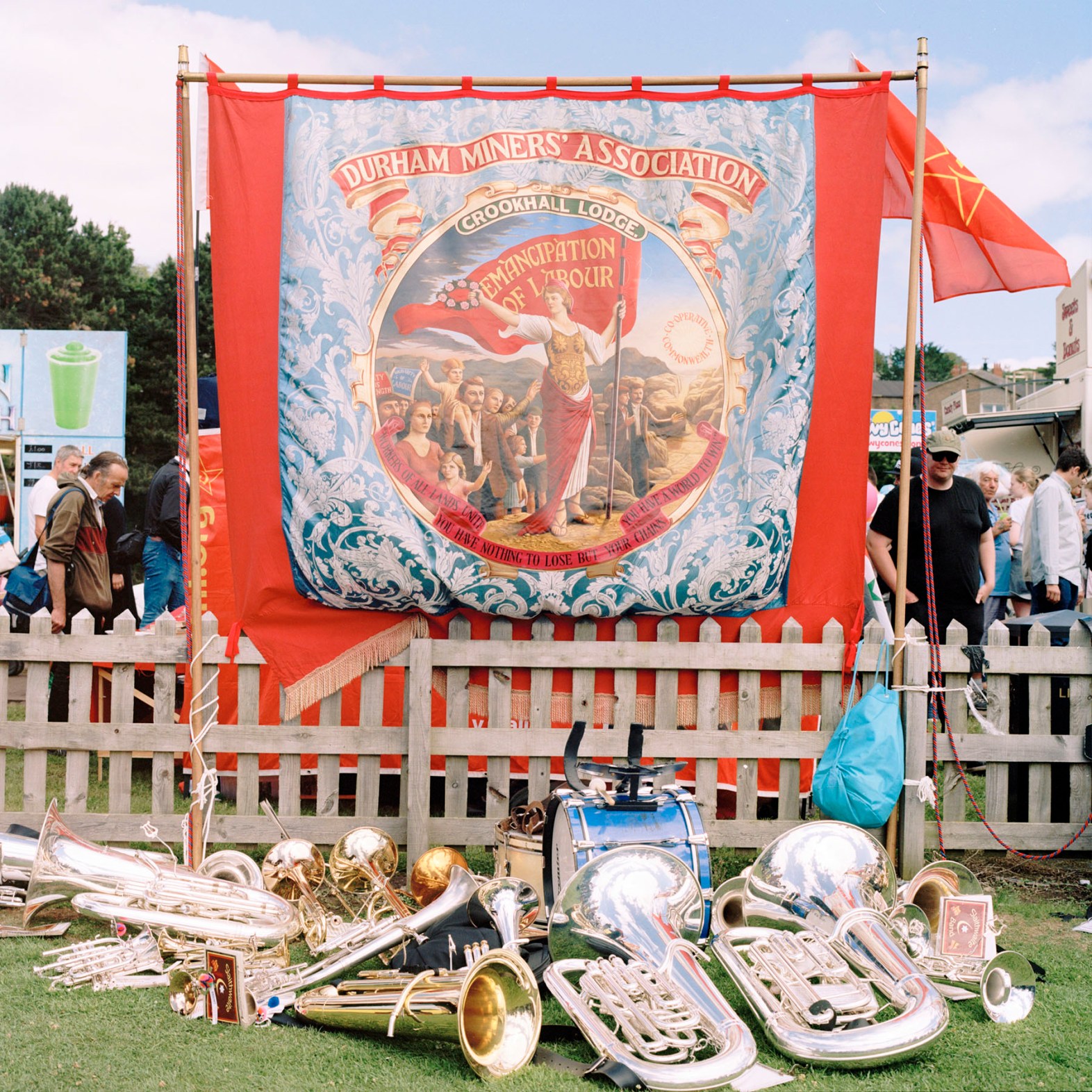
JT: A lot of people find it difficult to build up the confidence to ask someone for a photograph in the street. What was your process?
PD: I’ve always felt fine asking people for a portrait here or there. Although I didn’t start doing it until I moved to London, I used to do a lot of “street photography” when I started university. The usual, using a small lens that meant I had to get closer to those I photographed to maybe that’s where I started to get confidence from. I was used to being physically close to those I was photographing to it felt natural to approach them I interact with them, eventually asking for a portrait. I liked the interaction, I just like talking to people. Someone I would never ever get to talk to if I didn’t have a camera in my hand, It’s quite a romantic way to think of it, I know, but I think it’s true. As photographers we have to also be Anthropologist’s, being able to interact with our subject is just as important or more important than taking the photograph.
JT: How long will you carry this project on for, do you think?
PD: I plan on doing this project until there is nothing else to photograph. It means a lot to me, it helps me re-connect to my identity and heritage so for the mean time I will carry it on. As I write this I’m on my way back to do some more work.
JT: So, you assist Chris Steele-Perkins, one of the greatest. How does this have an influence on your work?
PD: Yes! I’ve been assisting Chris for the past 3 and a half years, there is a small team of us working with him on his most recent project. The main influence I get from Chris is his work ethic, seeing him working as hard as he does even after all of these years is really motivating. It drives me in my own practice to be a lot more creative and inventive when I work or when I approach project ideas.
JT: What’s your favourite photography book?
PD: A favourite photography book of mine at the moment is called “Cosmic Communist Constructions Photographed: CCCP. It is a huge mammoth of a book that an effort even just to look at when it’s on your lap. It’s a huge record of contemporary photographs showing soviet era buildings photographed all over the former Soviet Union.
JT: Any plans for future projects?
PD: Nothing over than my current work back home and expanding that so that people that aren’t from the UK can look at it and possibly relate. A different note but I’d love to shoot a project in west Africa (Sierra Leone) tracking down a pen pal I used to have that I lost contact with. That’s for another day though, and when I can afford it!
JT: Do you feel living in London has helped hugely with your creative practice and meeting like-minded people?
PD: Being in London is great, it gave me a chance to meet with other photographers and like-minded people. It helped me understand just how difficult this industry can be sometimes, I’ve met some amazing people ranging from working photographers to editors. The thing I have gained most from London is a drive to be successful in my work. Seeing accomplished photographers around me really drives me to better my own practice and achieve a lot more through my work. I’m not quite done with London just yet. I am going to move back up North sometime so I can really embed myself there to work.



